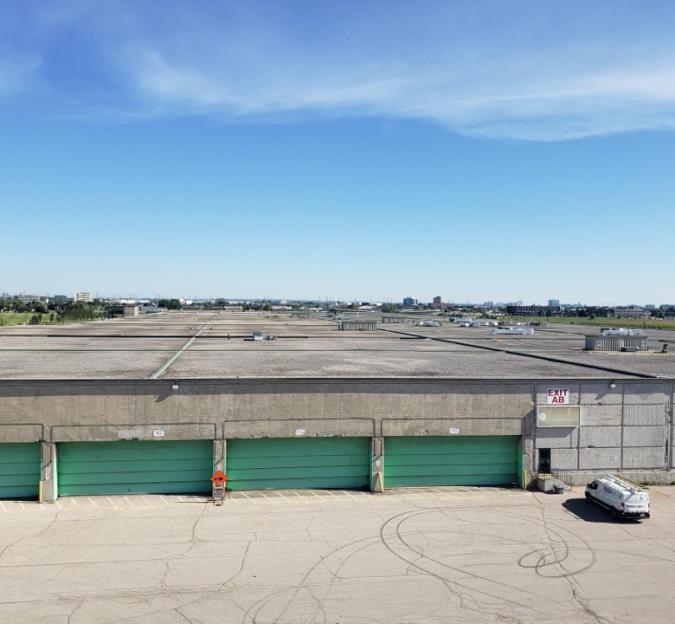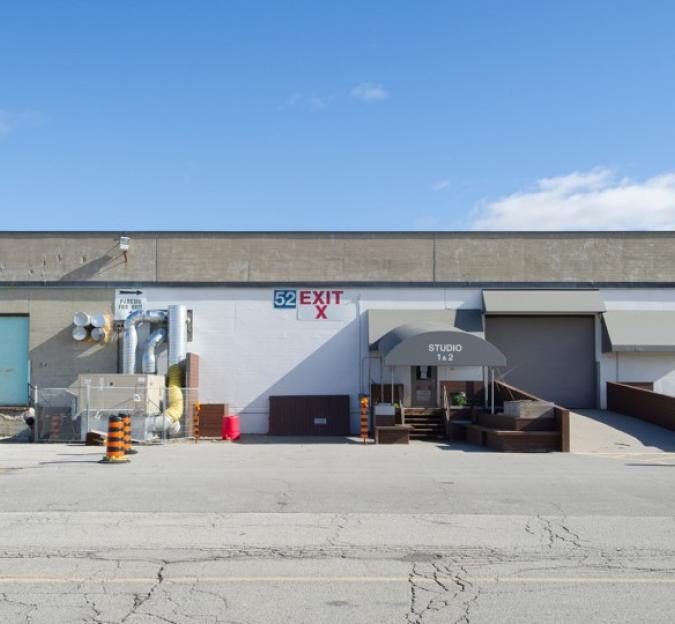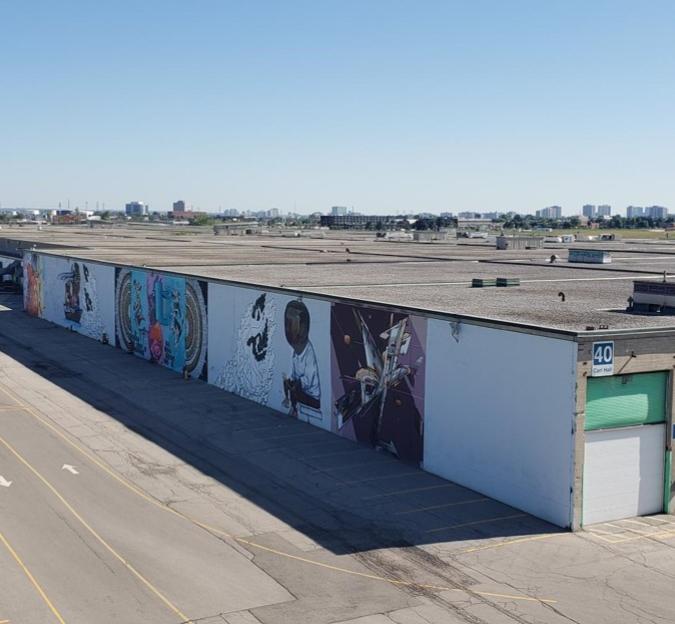The Depot
From a military building, to a film studio, to a market - what will the future of the Depot look like?

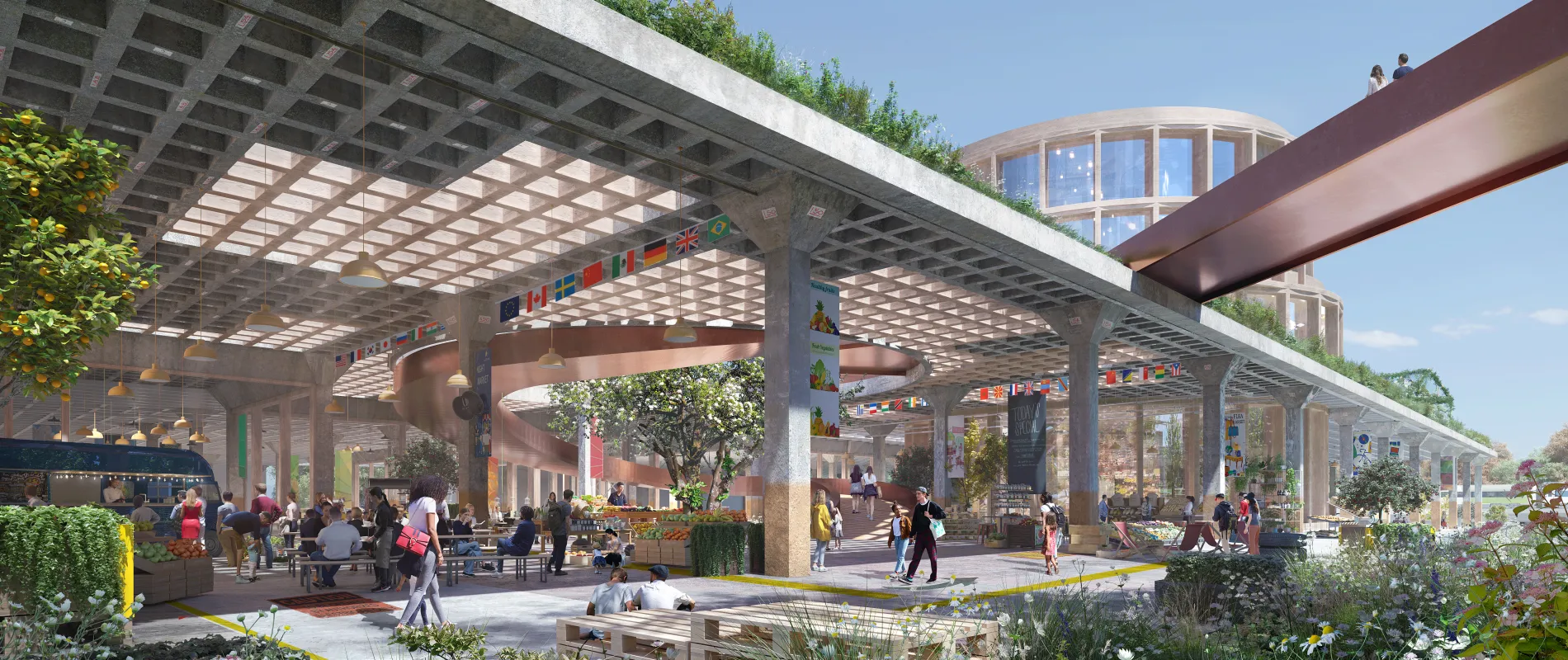
The history of the Depot
The Depot building was completed in 1954 for military use. With the commencement of the Korean War in 1950, the Royal Canadian Air Force (RCAF) acquired the de Havilland lands and buildings. It needed large, secure spaces to assemble and stage its missions and supply lines and benefited from the local airstrip.
The Downsview Supply Depot is one of the largest such facilities the RCAF has ever built. The 7.5-hectare building was constructed of reinforced concrete. Cold war fears about nuclear threats and bombings shaped the building’s design; it was said that the building could withstand the force of a ballistic missile attack.
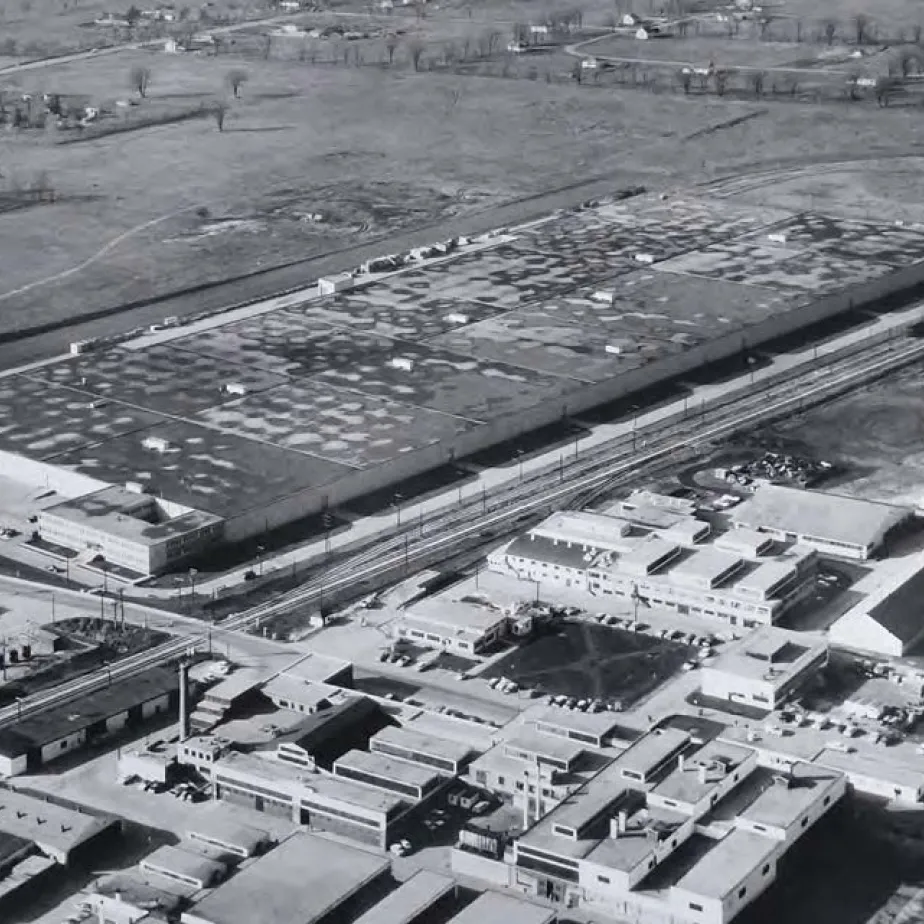
The Supply Depot had 56,000 cubic metres of storage and provided goods and equipment to the RCAF’s sea, land, and air operations. The building’s features—innovative for its time—included a pneumatic tube delivery system and an internal electric train that moved around palettes and crates.
The Supply Depot has a coded grid painted onto the concrete ceiling that was used to track and store equipment. There was a stock record system that noted the numbers on the ceiling where each item was located. The original paper-based records system gave way to computerized versions, but the same numbered grid tracker is still in place in other military depot facilities.
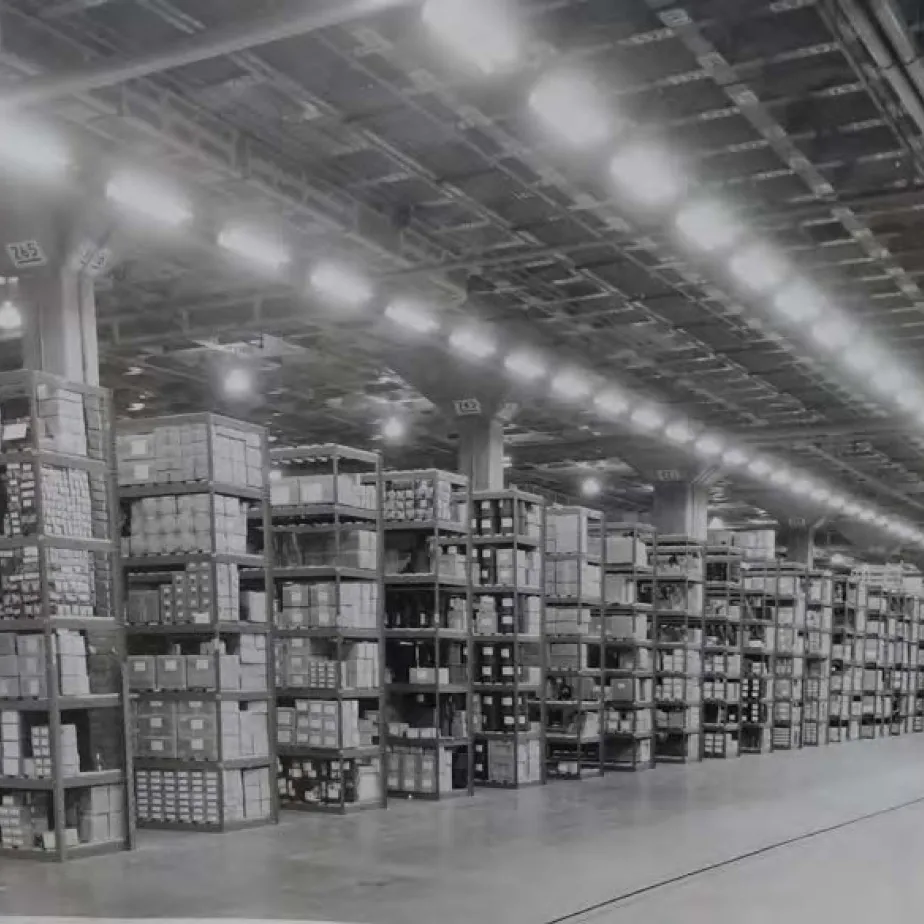
The Supply Depot had 56,000 cubic metres of storage and provided goods and equipment to the RCAF’s sea, land, and air operations. The building’s features—innovative for its time—included a pneumatic tube delivery system and an internal electric train that moved around palettes and crates.
The Supply Depot has a coded grid painted onto the concrete ceiling that was used to track and store equipment. There was a stock record system that noted the numbers on the ceiling where each item was located. The original paper-based records system gave way to computerized versions, but the same numbered grid tracker is still in place in other military depot facilities.
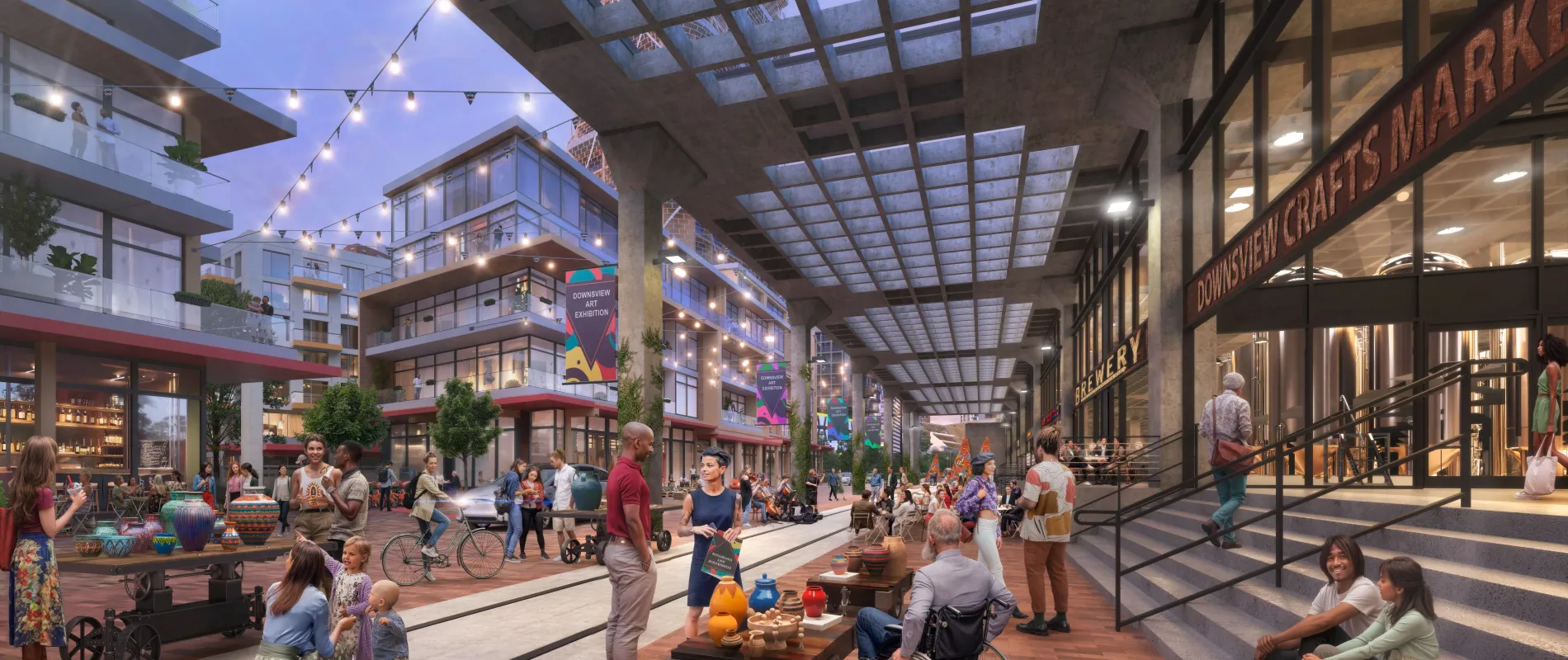
The Depot's future
The Depot will play a central role in the District’s future. A key part is determining where to put a new east-west street that is needed to improve mobility and accommodate many types of travel. Canada Lands evaluated different options for this street through a separate planning process led by the City of Toronto. The District Plan sees a portion of the Depot removed to allow for the new east-west street and rail underpass. This would divide the Depot into two separate buildings.
The Depot holds incredible historic, cultural, and community value; the handling of the building's separation will pay tribute to the central role that the Depot plays. The Depot will remain a key community asset and be at the heart of the emerging Downsview West neighbourhood. Changes to the Depot will bring new facades, commercial spaces, and employment, while continuing to serve as a home to local businesses.

